Holy Sleeps in Moldova
I must confess to not knowing much about Moldova except that it is a tiny, landlocked country squeezed between the Ukraine and Romania. However, when researching monasteries in Europe for a new book, I was fascinated to discover that beautiful old monasteries, most with a Byzantine history and all part of the Moldovan Orthodox Church, are scattered throughout the country. Many of the occupants of these monasteries are becoming serious about converting unused monks and nuns ‘cells’ into overnight accommodation for tourists – a low-price alternative to a hotel. A win for the art and history lover and for the adventurous traveller on four levels – price, cleanliness, safety, and location.
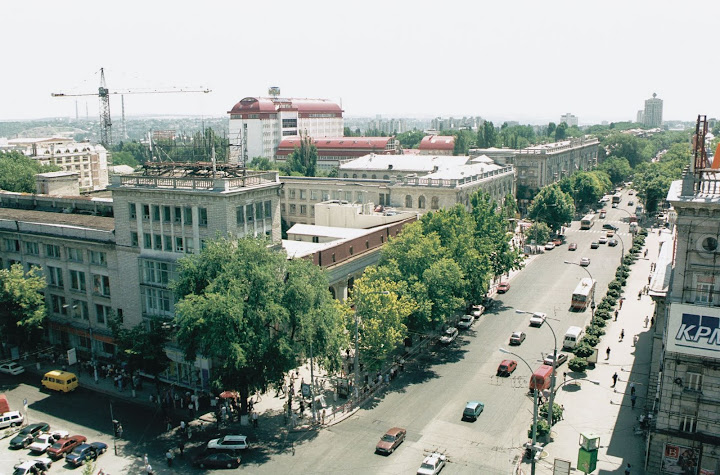
Chisinau - photo courtesy of Chisinau Municipal Council
Meals are generally offered along with accommodation and guests can look forward to hearty dishes of mamaliga (polenta), vareniki (stuffed dumplings), mititeyi (onion and pepper sausages), cabbage rolls, and placinte (curd cakes). No one will go to bed on an empty stomach, it seems!
Moldova was once part of the former socialist republic of Russia and in the 1940s the monasteries were seized by the Communists and the inhabitants tossed out. However, since the late 1980s the religious orders have been slowly reclaiming their property, restoring the monasteries and returning them to their original use. However, in all of these complexes vast numbers of former monks and nuns rooms (cells) remain empty. To assist with the upkeep of the buildings and as a matter of survival, in many cases these rooms are being converted into guest accommodation.
The monasteries listed below are situated near the city of Chişinău, the geographical centre of the country and the capital of the Republic of Moldova. They are open every day, weekends included. Unfortunately none of them have wheelchair access.
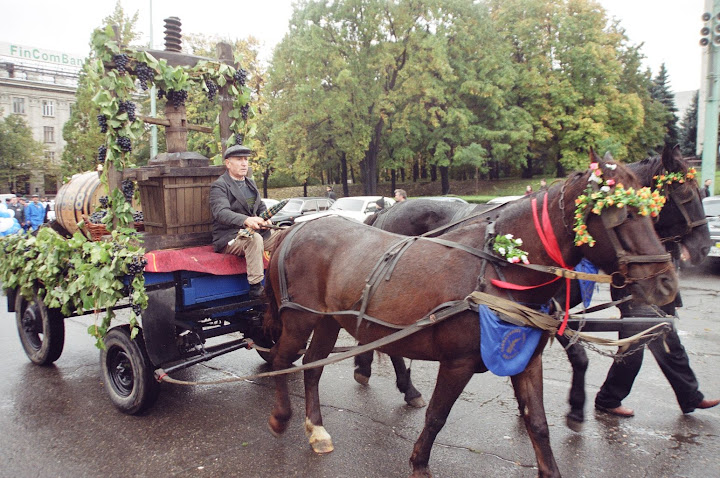
Moldova - photo courtesy of Chisinau Municipal Council
Dress code for men visiting the monastery: knees and shoulders must be covered at all times. For women preferably a skirt covering the knees. Head and shoulders must be covered at all times.
Frumoasa Monastery
Frumoasa (Beautiful in English) Monastery is situated approximately 40 km from Chişinău. The peaceful River Ikel flows nearby and the town of Călăraşi is a short distance away. The monastery is located in a particularly scenic area noted for its vineyards and forests and is relatively young having been founded only 200 years ago. Since that time, but not including when the monastery was under Soviet ownership, various religious groups have lived here. These days an order of Christian Orthodox nuns have made the monastery their home. An on-site museum portrays the history of Frumoasa and contains many valuable icons, books and artworks.
The nuns offer accommodation to men, women and families during the summer months (from1April). Guestrooms have been renovated but at this stage bathrooms are on a share basis. There is no set charge for accommodation and a donation is suggested. All meals are available. Visitors can use the monastery as a base to explore the surrounding area or even lend a hand in the maintenance and day to day running of such a vast complex.

Frumoasa Monastery, Moldova
Hincu Monastery
Take the Poltava Highway out of Chişinău and about an hour later you will come to Hincu monastery which was founded in 1678 and is one of the leading monasteries in southern Moldova. The monastery is situated between a nature reserve and the village of Cristesti in a woodsy, rural area where deer run free. The monastery emerged from decades of Soviet rule in 1990 and has been reconstructed to become one of most popular of the Moldavan monasteries. The complex includes two stunning, ‘seasonal’ churches, one for summer, the other for winter and each designed in classical Baroque style, typical of Moldova.
A Christian Orthodox community of nuns have returned to Hincu and offer accommodation to men, women and familes all year around. Visitors are welcome to take meals in the monastery and all produce comes from the monastery estate. The monastery is noted for the mineral springs nearby and the water is said to have curative properties. The nuns bottle the water and sell it in their souvenir shop along with biscuits, sweets, books, cards, and CDs. The water is labelled Manastirea Hancu and is also available in Chişinău.The peaceful atmosphere and the surrounding natural beauty not only attracts tourists but those looking for a little monastic peace as well. The nuns don’t charge for accommodation but rely on donations.
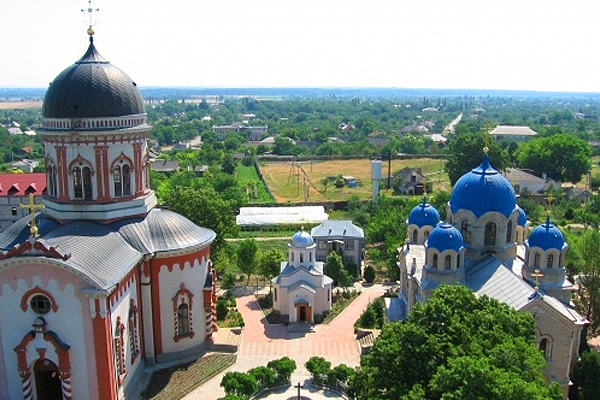
Hincu Monastery, Moldova (above and below)
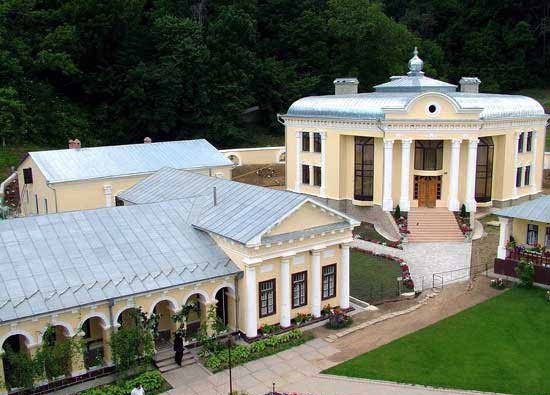
Capriana Monastery
Situated on the outskirts of a little rural village of the same name, Capriana Monastery is one of the oldest monasteries of the Republic of Moldova. It dates back to the early 1420s and in 1429 was appointed a ‘royal’ monastery. At various times Capriana has been under the protection of important Moldovan rulers including Alexandru cel Bun (1400–1432), Stefan the Great (1457–1504) and Alexandru Lapusneanu (1552–1561 and 1564–1568). In the forest near the monastery stands an oak tree referred to as the ‘Oak of Stefan the Great’, under which the prince is said to have rested after a difficult battle.
In the Soviet era Capriana Monastery was closed to visitors and underwent various conversions to hospital to reception centre and finally to a dance hall. As a result the monastery was partially destroyed but reconstruction commenced in 1989. Two decades later the monastery was again ready to welcome overnight guests.
Accommodation is offered to men, women and children all year around and bathrooms are on a share basis. Visitors can take meals in the monastic dining room and all food is grown locally. There is still no established fee for accommodation, and a donation is all that is requested.
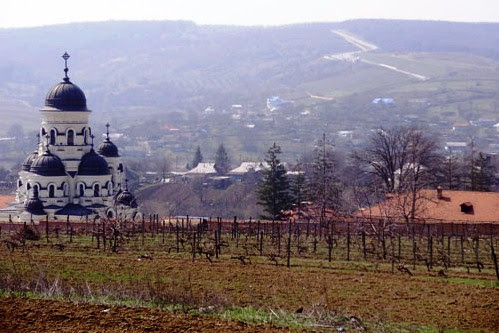
Capriana Monastery, Moldova
More information:
email:info[at]triptomoldova.com website: www.triptomoldova.com
Trish Clark is the author of the Good Night and God Bless series of guidebooks to convent and monastery accommodation in Europe. Her latest book, Guide to the Camino, St Jean to Santiago de Compostela is out now. She is the Travel with a Spiritual Twist Editor for Wandering Educators. You can find her at www.goodnightandgodbless.com and at http://guidetothecamino.com/
All photos courtesy and copyright Trish Clark, except where noted
-

- Log in to post comments


















